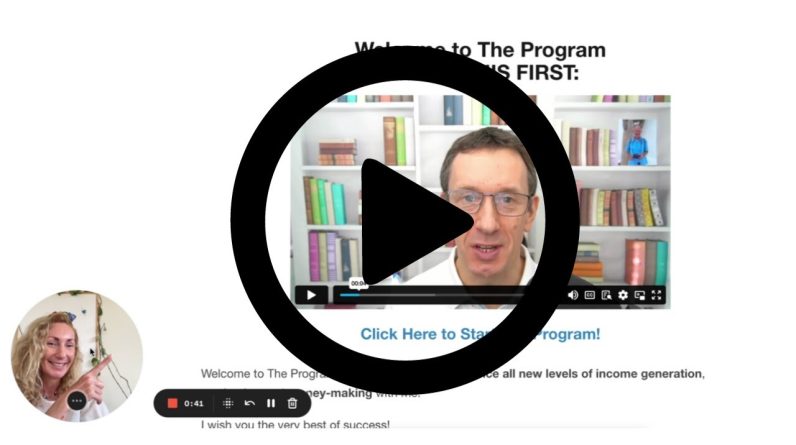Pilates mind is the state of mind you get into during a Pilates workout. Think of it in much the same way as you think of the state of mind a person is supposed to have during yoga. Not quite like the runner’s high, Pilates mind is more a tranquil, refreshed state of awareness.
Do all who perform the exercises experience Pilates mind? Undoubtedly, no. Just as some people can run 5 miles without experiencing that sense of euphoria that can come from prolonged aerobic exercises and some people never quite get into the meditative aspects of yoga, not everyone will experience the serenity and sense of well-being that Pilates can give you.
Maybe that means Pilates just isn’t the ideal workout for them. Or maybe it just means that they’re not approaching the exercises in the right way. Because Pilates is an ideal exercise that can benefit everyone who tries it.
To fully experience Pilates with your mind and body in sync, it’s necessary to approach the Reformer machine (or your resistance bands, or simply the movements if you’re using no props) with a certain attitude.
Rather than the way a body builder might face that weight machine and start pulling and lifting, grunting and groaning his way through a set, let a sense of calmness come over you. Pilates is probably the most gentle and least strenuous workout you can do, with few repetitions necessary to get the benefits, so you’re not facing an agonizing session.
Try to develop a Pilates mind by taking deep, cleansing breaths before you begin and by breathing steadily and evenly throughout your workout. Much like yoga, the exercises you do will be more effective if you breathe properly.
As you do each movement, concentrate on doing it slowly and evenly. Feel your muscles relax and contract as you work your way through the Pilates movements. Aside from being low-impact, awareness of what you’re doing is a chief difference between Pilates and yoga, and many other exercises.
Rather than aerobics or other types of high-impact workouts where fast movement is the key to burning fat and calories and training your muscles, with Pilates you need to focus on each slow and controlled movement. If your movements are fast and erratic, you’re doing them incorrectly. And if you do them incorrectly, you won’t get the full benefit.
Develop a Pilates mind by imagining that you can feel your muscles lengthening and contracting. With each movement, you can feel yourself growing stronger as your muscles tighten and become more efficient. The more you concentrate on exactly how you move and with what intensity, the more you’ll develop an attitude of awareness.
If you do that, your Pilates workouts will do more than tone your body and strengthen your core muscles. Soon, you’ll find yourself looking forward to Pilates because you will feel stronger after each session, and not just physically. Once you learn to use your Pilates mind, you’ll find yourself mentally refreshed and relaxed after each workout, too.






